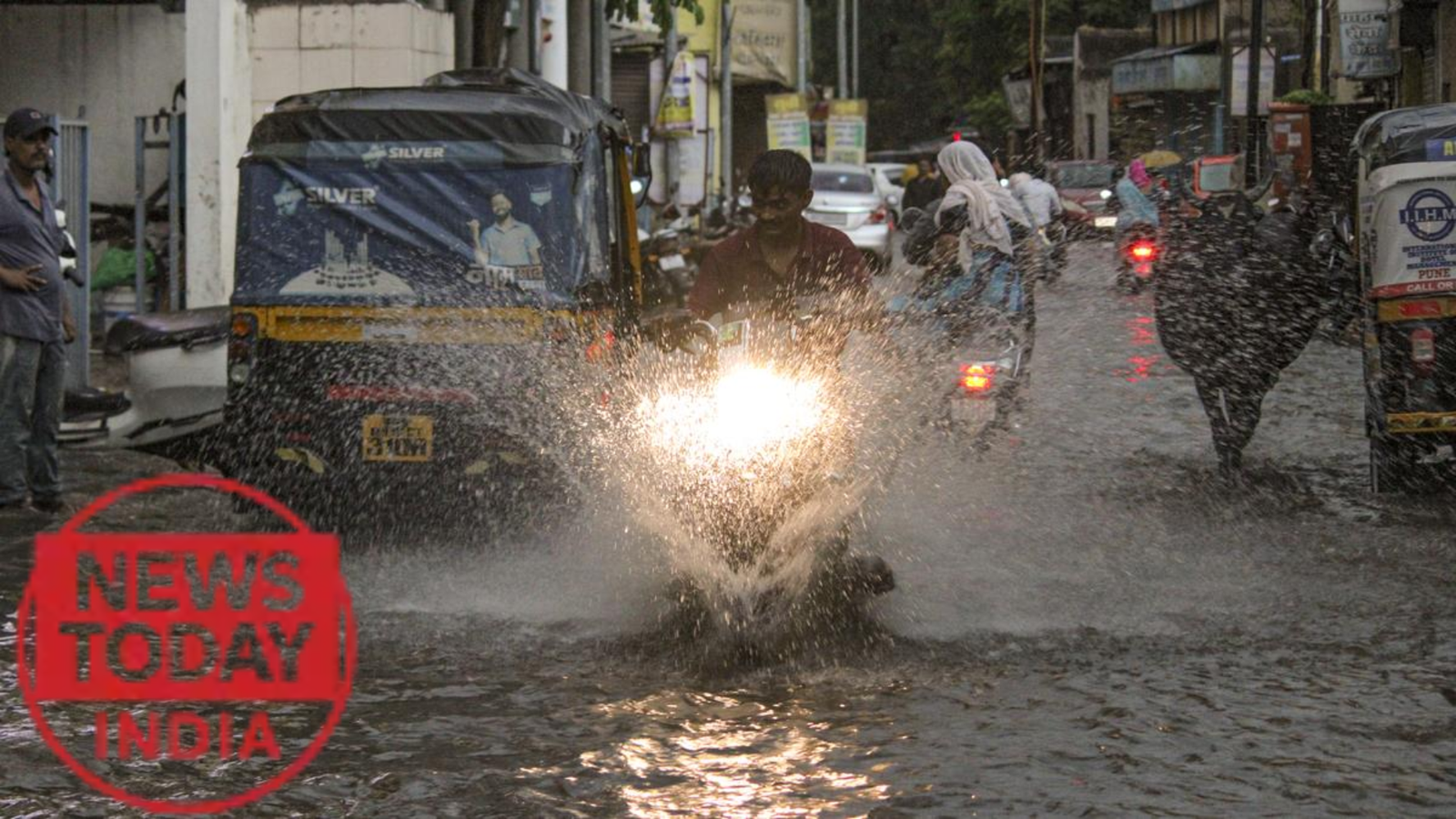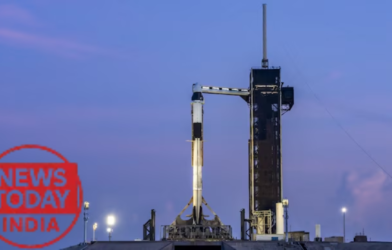Subtotal $0.00
A Quick Monsoon Arrival
The southwest monsoon, which brings rain to India every year, reached Maharashtra on May 25, 2025. This happened just one day after it arrived in Kerala on May 24. The India Meteorological Department (IMD) says this is the fastest the monsoon has moved from Kerala to Maharashtra in 15 years. It’s also the earliest monsoon start in Maharashtra since 1990, when it came on May 20. Normally, Maharashtra gets monsoon rains around June 5, so this year’s early arrival is a surprise.
Why Did the Monsoon Come Early?
The monsoon came early because of special weather conditions. A low-pressure area formed over the Arabian Sea, which helped pull the monsoon winds toward Maharashtra. Strong winds from the west also pushed the rain clouds faster. These conditions made the monsoon move quickly from Kerala to other parts of India, including Maharashtra, Karnataka, Goa, and even some areas in Northeast India like Mizoram, Manipur, and Nagaland.
Where Is the Monsoon Now?
On May 25, 2025, the monsoon spread to:
- Parts of the Arabian Sea
- Coastal areas of Maharashtra, including the Konkan region
- Karnataka and Goa
- Some parts of Northeast India
The IMD says the monsoon might reach Mumbai by May 28, 2025. If this happens, it could break a 70-year-old record for the earliest monsoon arrival in Mumbai, set on May 29, 1956. Mumbai is already seeing heavy pre-monsoon showers, which means the city is getting wet even before the official monsoon starts.
Heavy Rain Alerts in Kerala
Kerala, where the monsoon arrived first, is seeing a lot of rain. The IMD issued a red alert for Kozhikode and Wayanad because of very heavy rainfall. A red alert means there could be flooding or other problems, so people need to be careful. Schools and colleges in these areas were closed on May 26, 2025, except for exams that were already planned. This shows how strong the monsoon is this year.
What Does This Mean for Maharashtra?
The early monsoon is good news for farmers in Maharashtra. The state grows crops like rice, maize, and pulses during the monsoon season (called kharif crops). Early rains mean farmers can start planting sooner, which could lead to a better harvest. The IMD predicts above-normal rainfall for 2025, which could help India produce a record 354 million tonnes of foodgrains in the 2025-26 crop year.
But there’s another side. Heavy rain can cause problems, especially in cities like Mumbai. The Konkan coast and Mumbai have already had heavy pre-monsoon showers. If the monsoon brings more rain, low-lying areas could flood, causing traffic jams, waterlogging, and damage to homes or roads. People in these areas should stay prepared.
How Does This Compare to the Past?
The last time Maharashtra saw such an early monsoon was in 1990, when it arrived on May 20. For Kerala, the monsoon came on May 24 this year, which is early but not the earliest ever. In 1990, it hit Kerala on May 19, and in 1918, it came as early as May 11. So, while 2025 is special, it’s not the only time the monsoon has arrived early.
What’s Next?
The IMD says a new low-pressure area might form in the Bay of Bengal around May 27, 2025. This could make the monsoon stronger and bring more rain to Maharashtra, Karnataka, and other areas. Coastal regions, especially, might see heavy showers in the next few days. Mumbai and nearby areas should get ready for wet weather, and farmers should plan their sowing carefully to make the most of the early rains.
Stay Safe and Prepared
The early monsoon is exciting, but it also means we need to be ready. Here are some tips:
- Farmers: Start preparing fields for planting, but watch out for too much rain that could harm young crops.
- City residents: Keep umbrellas and raincoats handy. Check for updates on weather alerts, especially in Mumbai and Konkan.
- Travelers: Be careful on roads, as heavy rain can make driving tricky.
The 2025 monsoon is off to a fast start, and it’s bringing both opportunities and challenges. Stay tuned to News Today India for more updates on the monsoon and its impact across the country!












